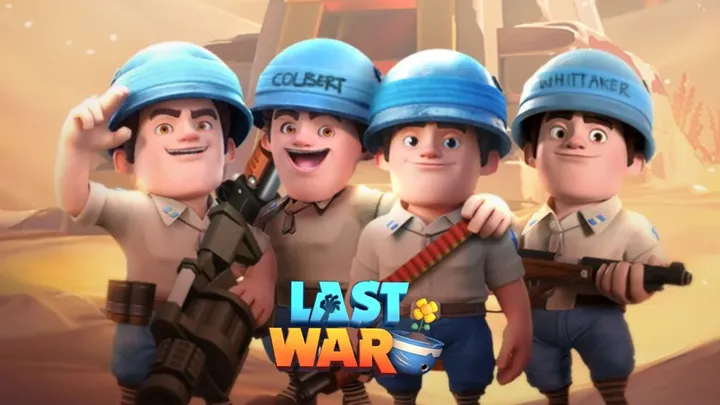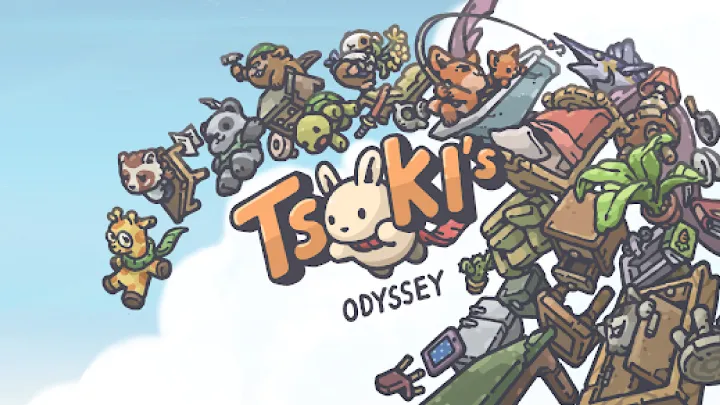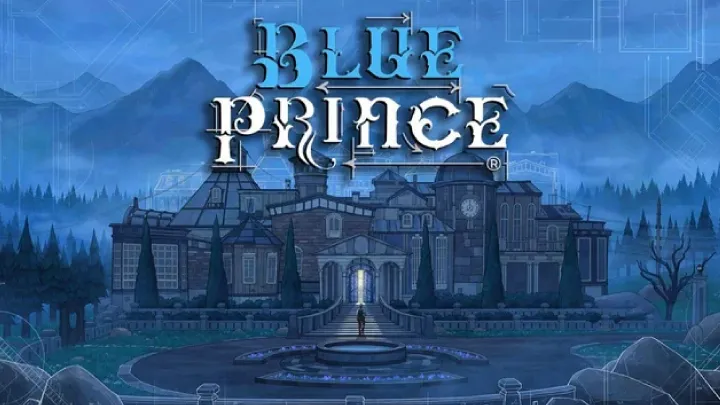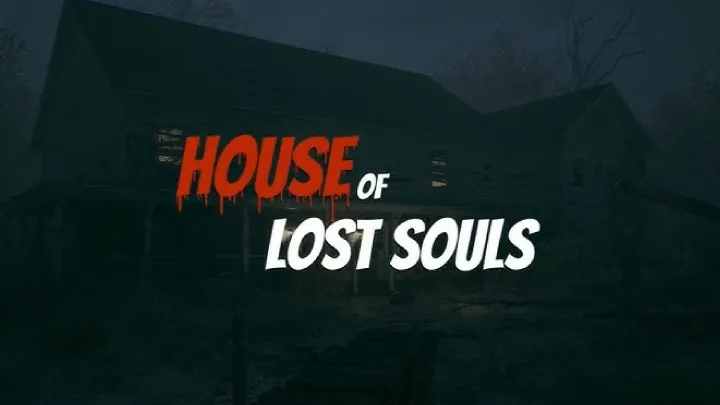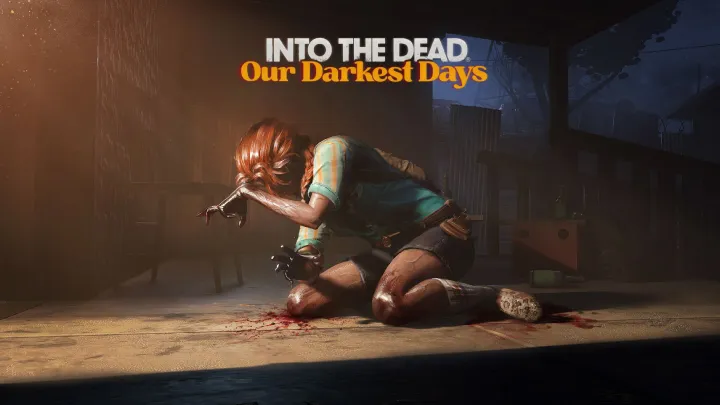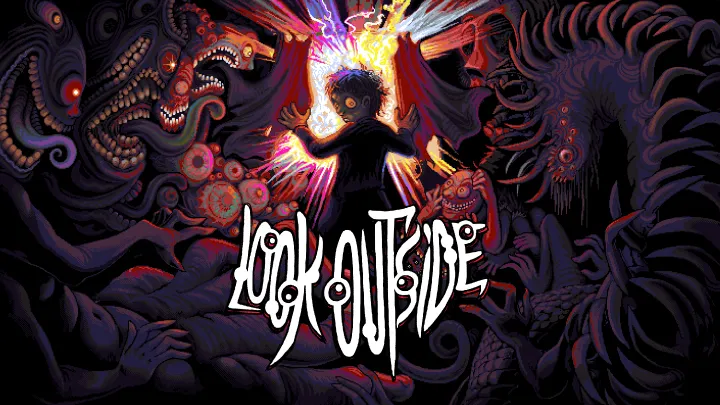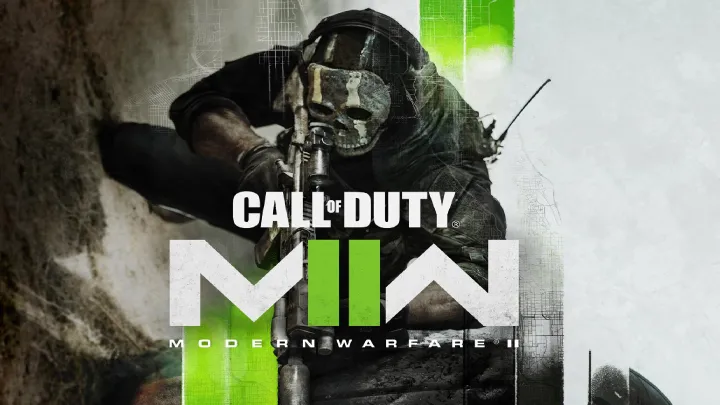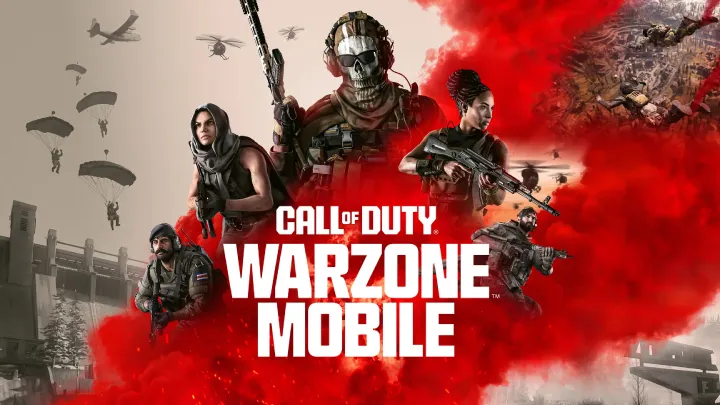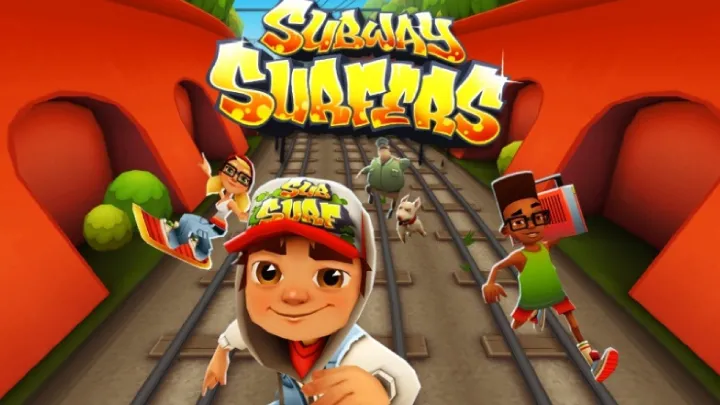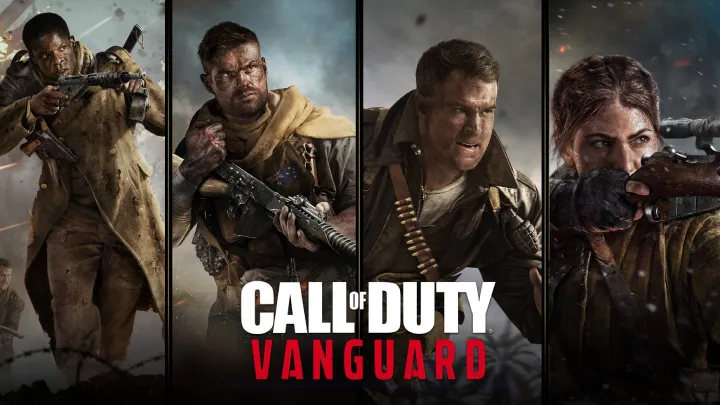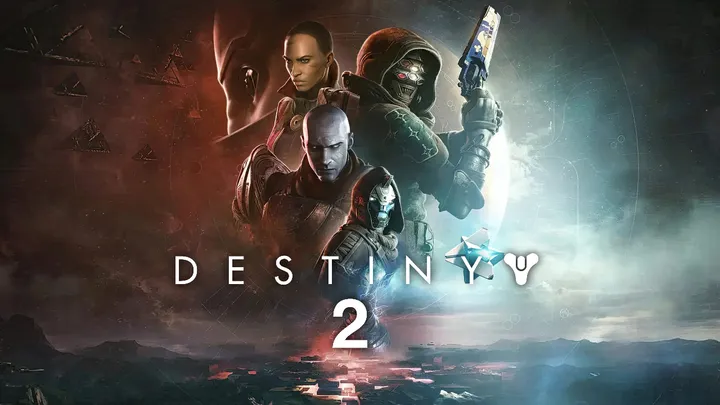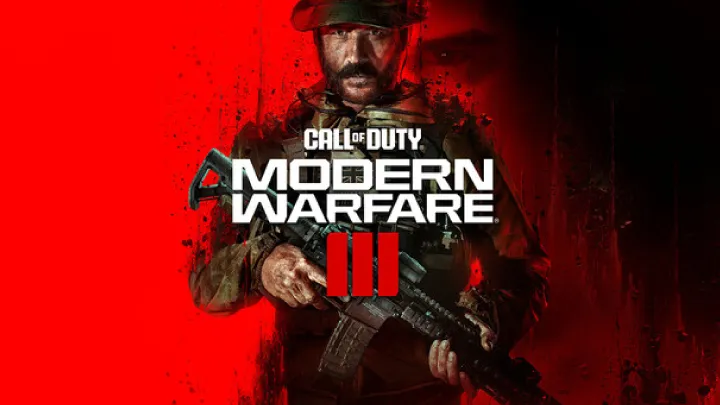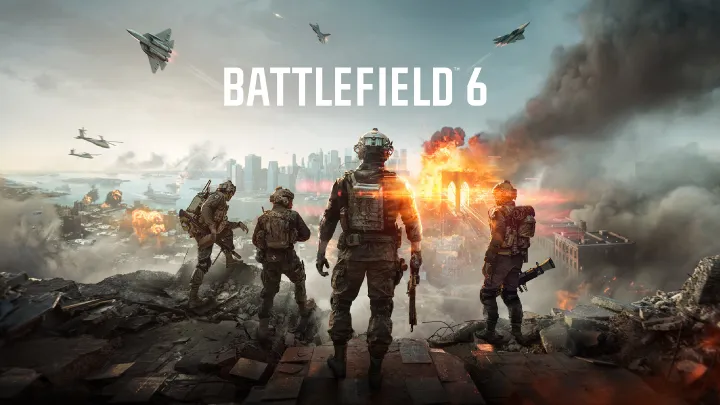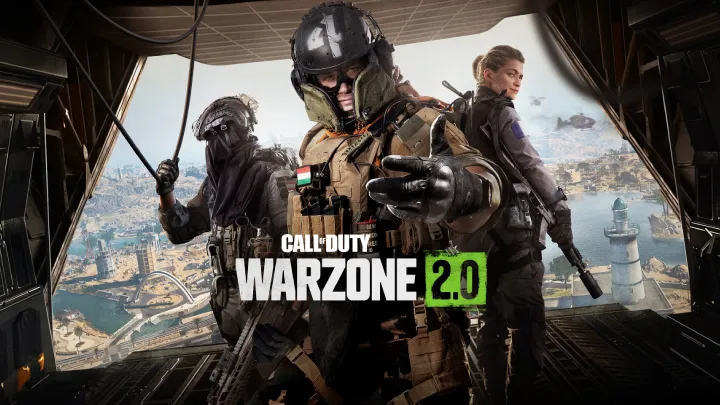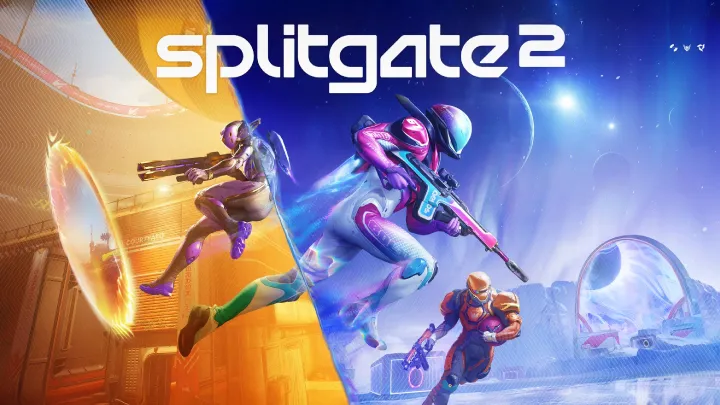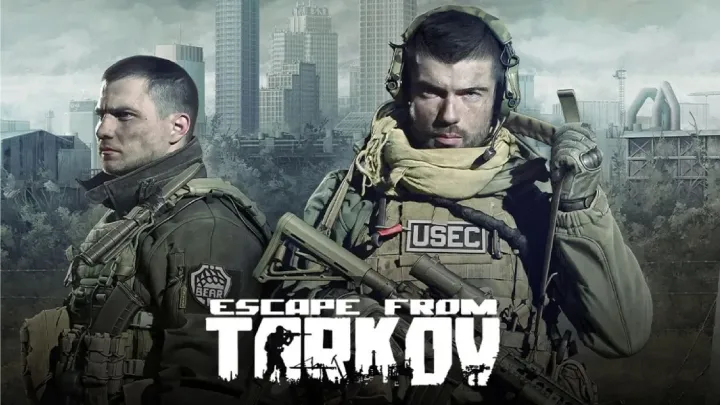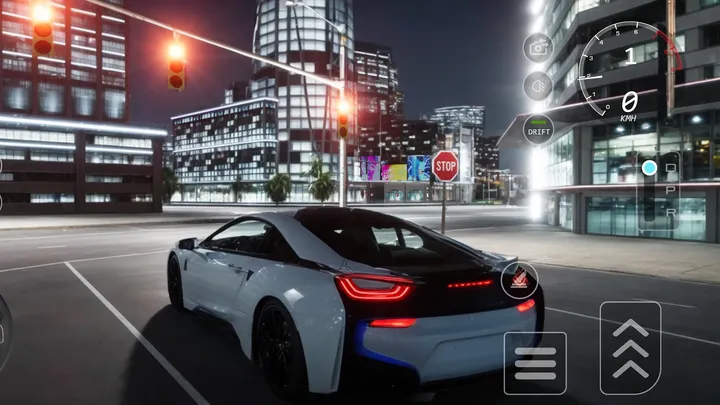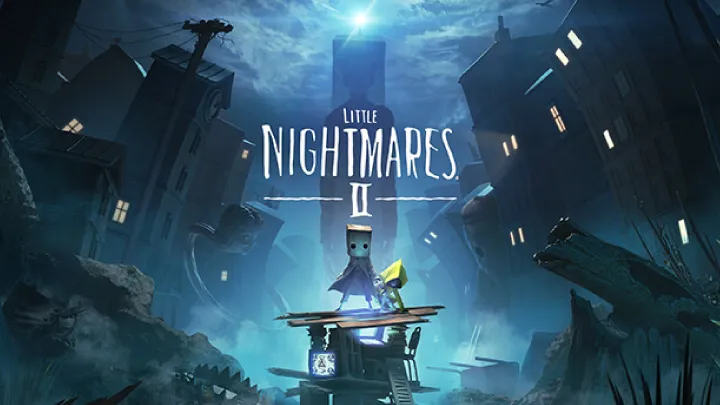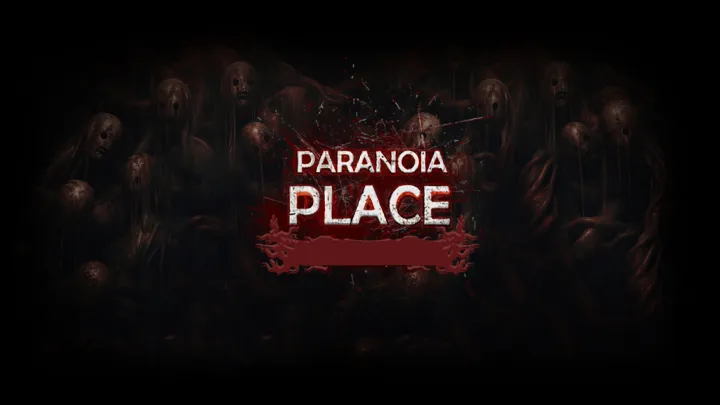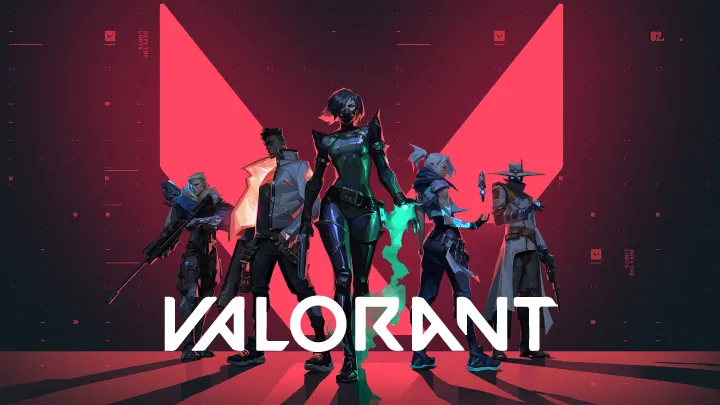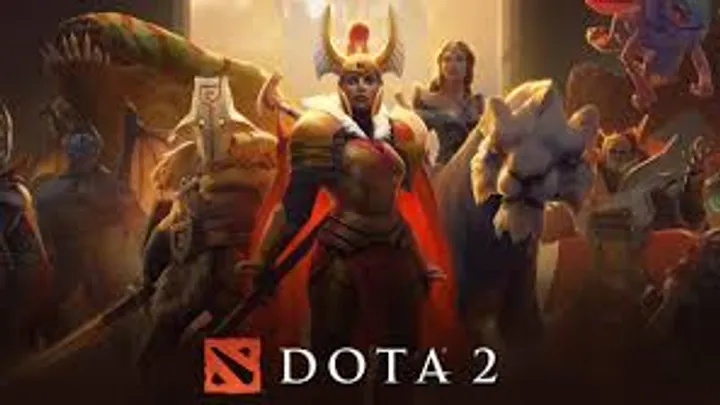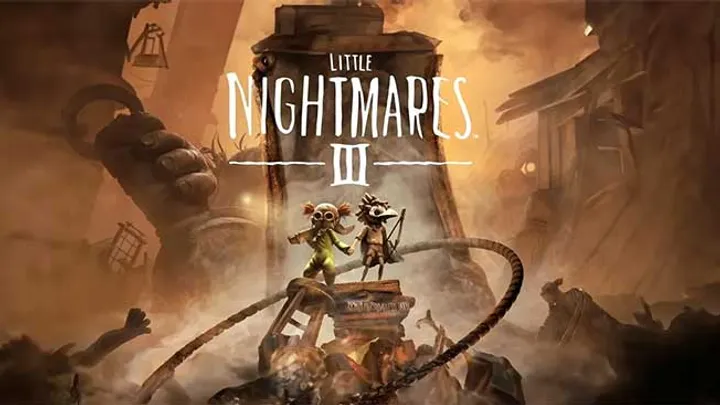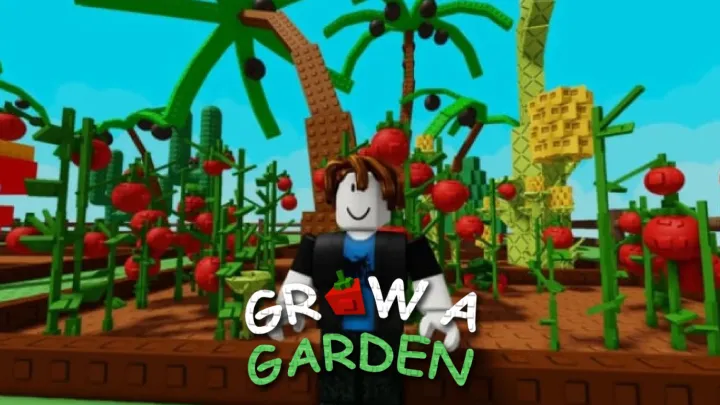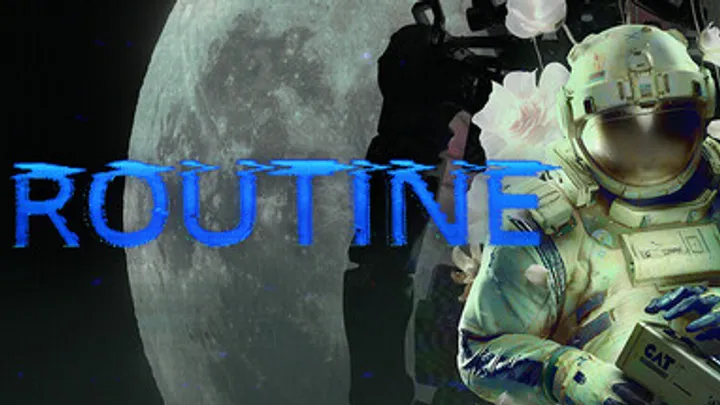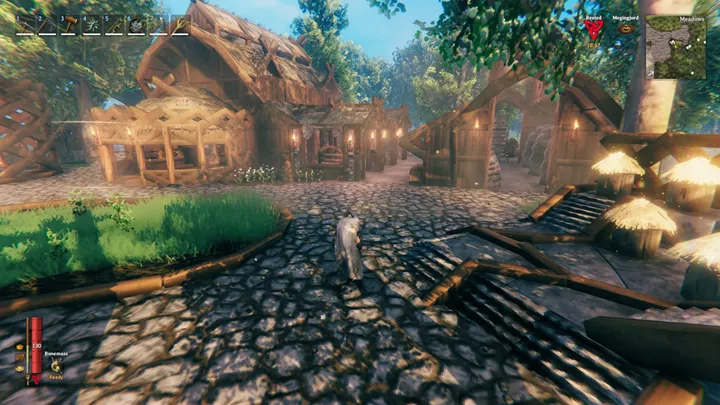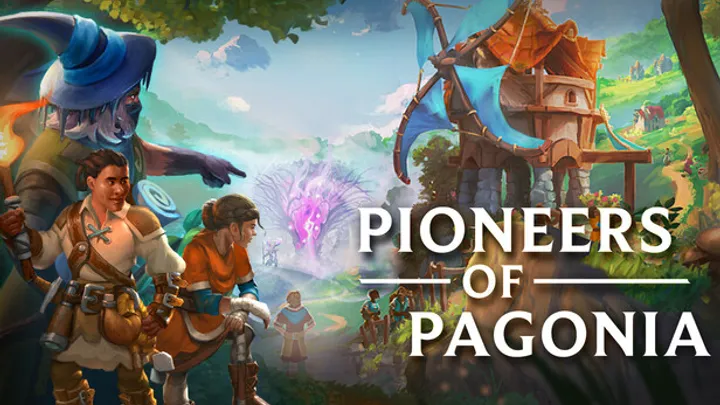Introduction
Escape from Tarkov, developed by Battlestate Games and released on July 28, 2017, for PC, introduces a hardcore first-person shooter (FPS) with survival and role-playing elements set in the fictional war-torn city of Tarkov. Players join either USEC or BEAR factions, engaging in raids to scavenge loot, complete quests, and escape, with a persistent economy and high-stakes gameplay. Priced initially at $44.99 with various editions, it gained a dedicated following through its closed beta, showcased in player-shared raid footage and community streams from events like Gamescom 2017. Early feedback praised its realism and depth, though some noted technical issues and a steep learning curve. With its anticipated 1.0 release on November 15, 2025, this review explores its narrative, world, gameplay, and technical execution to assess its evolution as a survival FPS.
Narrative & Storytelling
Escape from Tarkov crafts its narrative through a player-driven storyline that emerges through quests and environmental exploration. Players embody a mercenary navigating the collapse of Tarkov after the TerraGroup incident, with the story unfolding through trader dialogues, mission briefings, and scattered lore in the environment. The narrative arc centers on survival and escape, with key moments—such as completing a high-risk quest or extracting with rare loot—adding a sense of gritty achievement. These moments foster a sense of desperation and strategy, evolving from cautious raids to intense survival battles.
However, the lack of a centralized plot might leave some wanting a cohesive storyline, as the experience relies on emergent narratives—player decisions, raid outcomes, or trader interactions—that depend on personal investment. The storytelling excels in its immersive realism and player agency, though its depth hinges on the participant’s engagement with the survival grind, making it a compelling saga for those who embrace its harsh narrative.
World & Environments
The world of Escape from Tarkov centers on a detailed urban warzone, featuring diverse maps like Customs, Woods, and Labs, rendered with a gritty, realistic aesthetic. The environments shift with each raid—abandoned factories, dense forests, or high-tech labs—enhanced by interactive elements like lootable containers, dynamic weather, and AI encounters, creating a dynamic backdrop. Sound design, with realistic gunfire, ambient city noise, and environmental effects, builds an immersive atmosphere, while visual effects like bullet impacts or fog add tactical variety.
Yet, the focus on fixed maps might limit environmental evolution over time, as the emphasis remains on raid zones rather than a living world. The design prioritizes a tense, evolving setting, which could feel repetitive for players seeking broader exploration. Community feedback celebrates the map detail and audio immersion, though some note performance demands, suggesting a world that thrives in intensity but may benefit from optimization to sustain engagement.
Gameplay Mechanics
Core Loop
The core loop revolves around raiding and survival, where players gear up and extract within 30-60 minute sessions, offering a high-tension rhythm. The cycle of looting, completing quests, and escaping drives a compelling flow, encouraging persistent play.
On-Field Mechanics
The gameplay hinges on FPS survival mechanics, where players use realistic weapons, medical systems, and stealth tactics, with tactical depth added by map knowledge and enemy AI. PvP, PvE, and Scav modes introduce variety, though balance issues with gear disparity can disrupt flow. The mechanics reward skill and preparation, demanding mastery to overcome their unforgiving challenge.
Mode-Specific Features
The primary modes include PMC Raids, Scav Runs, and Offline Mode, with objectives like quest completion or loot extraction providing goals. Hideout management and trader interactions add variety, while leaderboards offer competition. The range of activities caters to different playstyles, but balance adjustments for cheaters and difficulty scaling lag, a point raised in early feedback.
Progression & Multiplayer
Progression includes earning experience, unlocking gear, and upgrading the hideout, balancing grind with functional and strategic rewards in a system that feels rewarding based on initial play. The game supports multiplayer with up to 12 players per raid, with real-time combat and proximity chat, though cheater issues limit accessibility. The progression and multiplayer elements thrive on competitive mastery, requiring refinement to enhance fairness.
Technical Execution
Escape from Tarkov delivers a visually intense experience with its realistic graphics, detailed animations, and dynamic effects, optimized across PC with high requirements. Post-launch updates have addressed stability, with the 1.0 update promising improvements, though occasional glitches like desync, crashes, and optimization issues persist. Audio impresses with a tense score and realistic soundscapes, though repetitive loops can detract over long sessions.
Controls are responsive with precise inputs, offering a natural feel across keyboards and controllers, though the lack of console support limits versatility. Ongoing updates are refining core systems, but initial technical hiccups suggest continued optimization is needed. The execution supports the survival focus, with visuals and audio as strengths amid polish challenges.
Community Feedback
Escape from Tarkov has cultivated a passionate community, with early praise for its realism, quest depth, and hideout system, though concerns about cheaters, performance, and balance surface from player discussions. Excitement for the 1.0 release and PvE mode is widespread, but frustration with hacks and server issues persists. Community feedback drives development, sustaining interest, and player retention remains strong, fueled by its hardcore appeal and update cadence.
Criticism centers on technical stability and fairness, with players noting cheaters and a desire for better anti-cheat or performance fixes, alongside debates over wipe cycles. The community’s active input shapes updates, reflecting a group eager to see the game evolve into a polished survival experience, with initial forum posts and Steam reviews showing a mixed but dedicated reception.
Final Verdict
Escape from Tarkov delivers a hardcore survival FPS adventure with its realistic combat and deep progression, celebrating a unique tactical experience. Its raids and hideout shine, though technical issues and cheaters pose challenges. It’s a must-play for survival and FPS fans, with patience required as the 1.0 update refines the experience.

